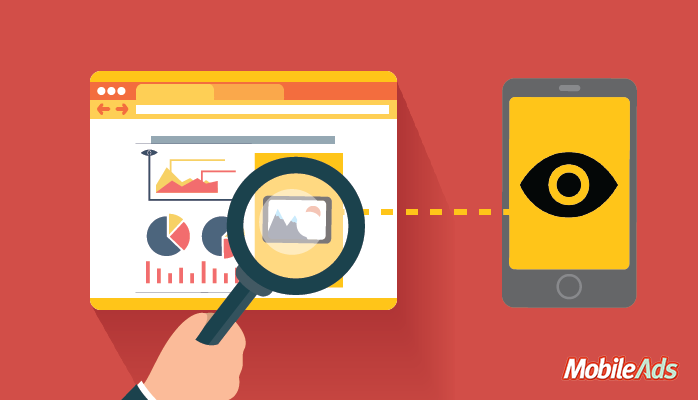
Ad Viewability: Navigating the Standards and Importance in Digital Advertising with Insights from the Internet Advertising Bureau (IAB)
Ad viewability is a critical metric in digital advertising that measures whether or not an ad has the opportunity to be seen by a user. According to the Internet Advertising Bureau (IAB), an ad is considered viewable if at least 50% of its pixels are visible on the screen for a minimum of one second for display ads, or two seconds for video ads. This standard ensures that advertisers are not charged for ads that are never actually seen by users, such as those that appear below the fold or in a background tab.
Ad viewability is more than just a standard; it’s a vital insight into the effectiveness of an advertising campaign. By adhering to the guidelines set by the IAB, advertisers can better understand how their ads are performing and where they may need to make adjustments. A high viewability rate may indicate that an ad is well-positioned and engaging, while a low rate may signal that an ad is not reaching its intended audience. In an increasingly competitive digital advertising landscape, understanding and optimizing for viewability is key to ensuring that advertising budgets are spent efficiently and effectively.
Despite its importance, ad viewability is not without its challenges. Factors such as ad placement, site design, user behavior, and even the technology used to measure viewability can all influence the metric. The IAB continues to work on guidelines and tools to standardize and improve viewability measurement, but advertisers must also play their part. By choosing reputable partners, employing best practices in ad design and placement, and staying informed about the latest developments in viewability standards, advertisers can better navigate the complexities of ad viewability. In a digital advertising ecosystem where every impression counts, understanding and prioritizing viewability is essential for success.
